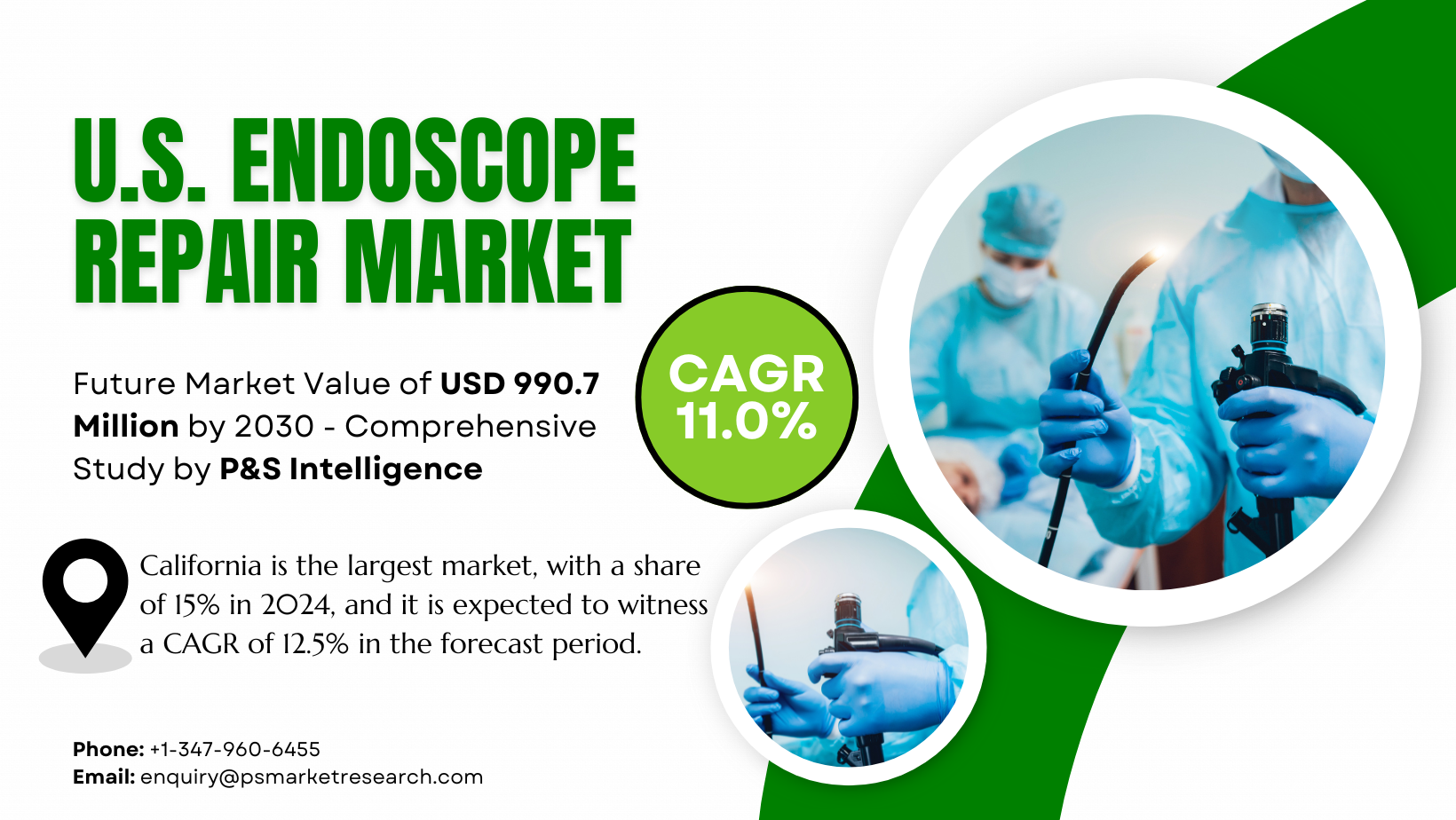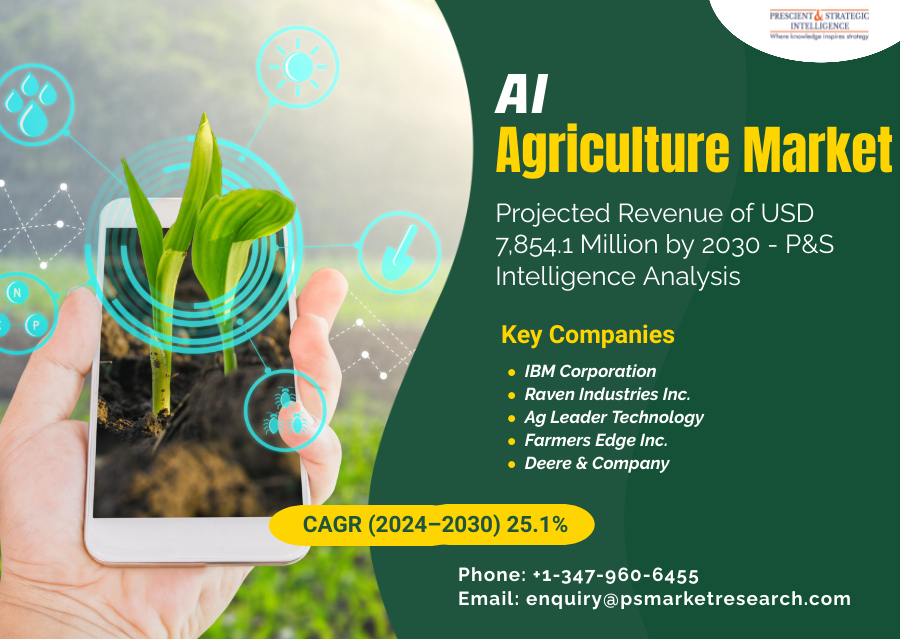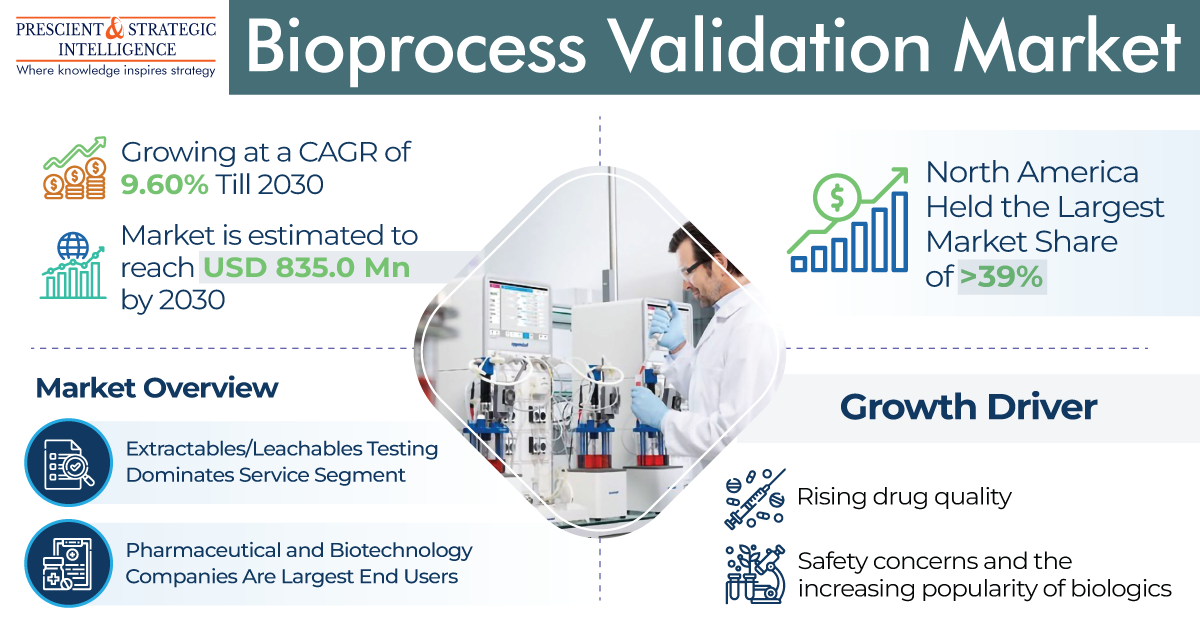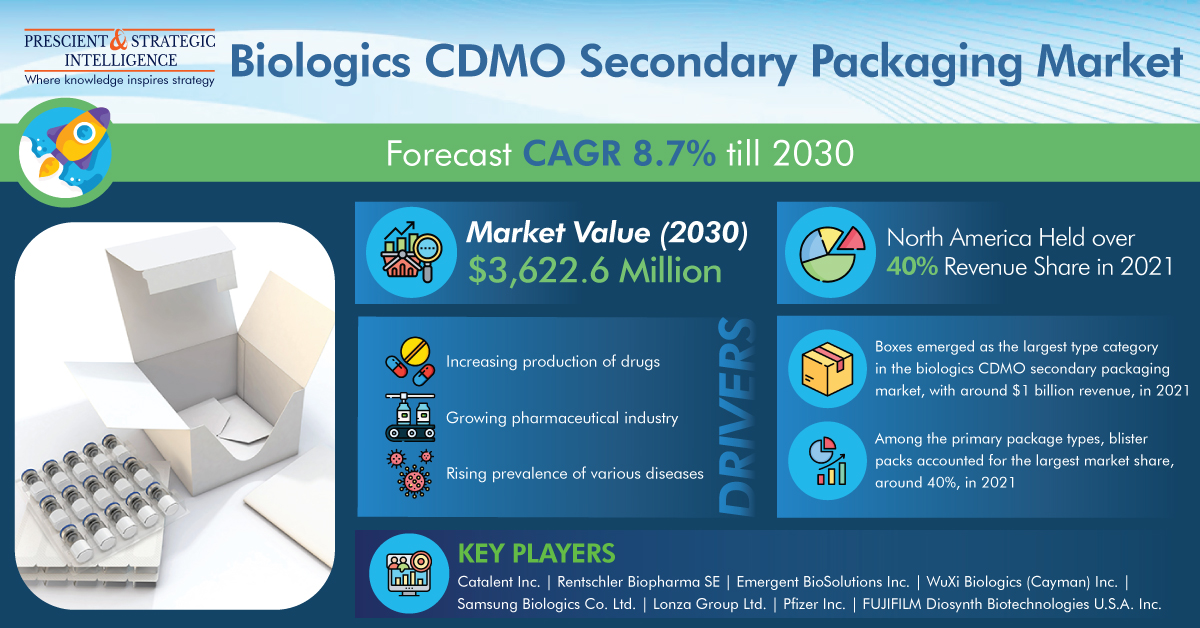According to the latest market research study published by P&S Intelligence, the global smart irrigation market is experiencing significant growth, with revenues projected to increase from USD 1.8 billion in 2024 to USD 4.4 billion by 2032, reflecting a compound annual growth rate (CAGR) of 12.4%. This expansion is driven by heightened research and development activities and the widespread adoption of energy-efficient smart irrigation systems. Additionally, regions frequently facing extreme weather conditions are increasingly relying on these advanced systems to ensure efficient water management in agriculture.
Key Insights
Segmentation Analysis:
The market encompasses various systems, including weather-based and sensor-based solutions.
Key components comprise controllers, sensors, and water flow meters.
Applications span both agricultural and non-agricultural sectors, with non-agricultural applications currently holding the largest market share.
Regional and Geographical Trends:
North America leads the market in size, attributed to early adoption and technological advancements.
The Asia-Pacific region is the fastest-growing market, driven by increased deployment of remote sensing technologies and integration of IoT devices in countries like India, China, South Korea, and Australia.
Technological Advancements Shaping the Market:
Integration of IoT-enabled systems allows automatic irrigation based on real-time soil moisture levels, enhancing water conservation.
Advanced features incorporating artificial intelligence (AI) and machine learning (ML) facilitate temperature and soil moisture sensing, weather pattern tracking, and long-term environmental forecasting, optimizing water usage and preventing wastage.
Competitive Dynamics, Major Players, and Emerging Opportunities:
The market is fragmented, featuring a diverse range of applications and technologies, which encourages the entry of niche and personalized product offerings.
Prominent manufacturers include Rain Bird Corporation, The Toro Company, Hunter Industries Inc., Manna Irrigation, Stevens Water Monitoring Systems, Delta-T Devices, HydroPoint, GREEN ELECTRONICS LLC, Valmont Industries Inc., Water Ways Technologies Inc., Orbit Irrigation Products, and Acclima Inc.
Government initiatives promoting sustainable agriculture and water conservation, such as India’s Pradhan Mantri Krishi Sinchayee Yojana (PMKSY), are creating favorable conditions for market expansion.
Overall, the smart irrigation market is poised for robust growth, driven by technological innovations, supportive government policies, and the increasing need for efficient water management solutions across various regions.









